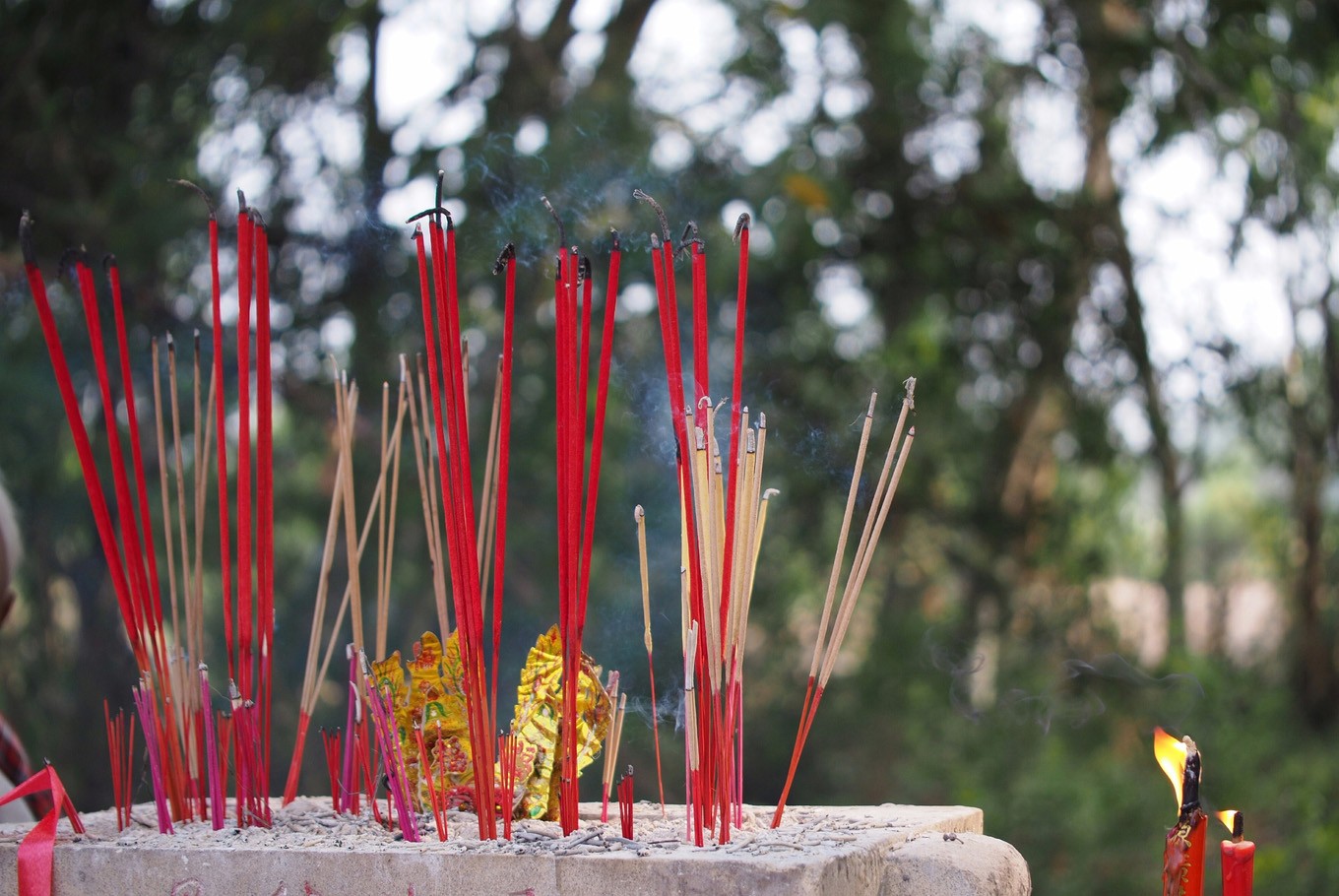Thousands visit Pangkalpinang temple to observe Cheng Beng
Change Size
 During Cheng Beng, also known as Qing Ming, people of Chinese descent pay respect to their ancestors and deceased loved ones by cleaning their graves and leaving offerings for them. (Shutterstock/File)
During Cheng Beng, also known as Qing Ming, people of Chinese descent pay respect to their ancestors and deceased loved ones by cleaning their graves and leaving offerings for them. (Shutterstock/File)
A
bout 2,000 tourists from inside and outside the country visited the Kwan Tie Miau Temple, the oldest temple in Pangkalpinang city in Bangka Belitung Islands province, to observe the Cheng Beng ritual.
During Cheng Beng, also known as Qing Ming, people of Chinese descent pay respect to their ancestors and deceased loved ones by cleaning their graves and leaving offerings for them. This year, the peak of Cheng Beng falls on Wednesday, but the ritual is usually observed up to 10 days prior and after.
“During Cheng Beng and other Kong Hu Cu [Confucian] celebrations, many people who have settled in foreign lands, as well as travelers, take their time to pray and worship in this temple,” Kwan Tie Miau Temple caretaker A Kiong told Antara news agency on Wednesday.
A Kiong said that people of Chinese descent who are about to go live in a foreign land would pray in the temple for luck. People who have became successful outside their homeland will also come to donate money, necessities and prayer-supporting facilities to the temple.
(Read also: ‘Cheng Beng’ lures people to North Sumatra)
A Kiong said that the visitors do not only pray in the temple. “They also want to learn about the history of this temple."
He explained that the temple was built in 1846 and it served as historical evidence of the arrival of the Chinese people who worked in tin mines in Bangka Belitung. Back in the day, it was a shelter and places for the Chinese workers to meet.
The caretaker said that the temple's architecture, which is dominated by the color red and features the black and white Yin-Yang circle on top of the building, symbolized luck, fortune and happiness.
“The public still believe that this temple could bring luck and happiness. That’s why Chinese people from inside and outside the region always take their time to pray and worship here,” A Kiong said. (mas/kes)






